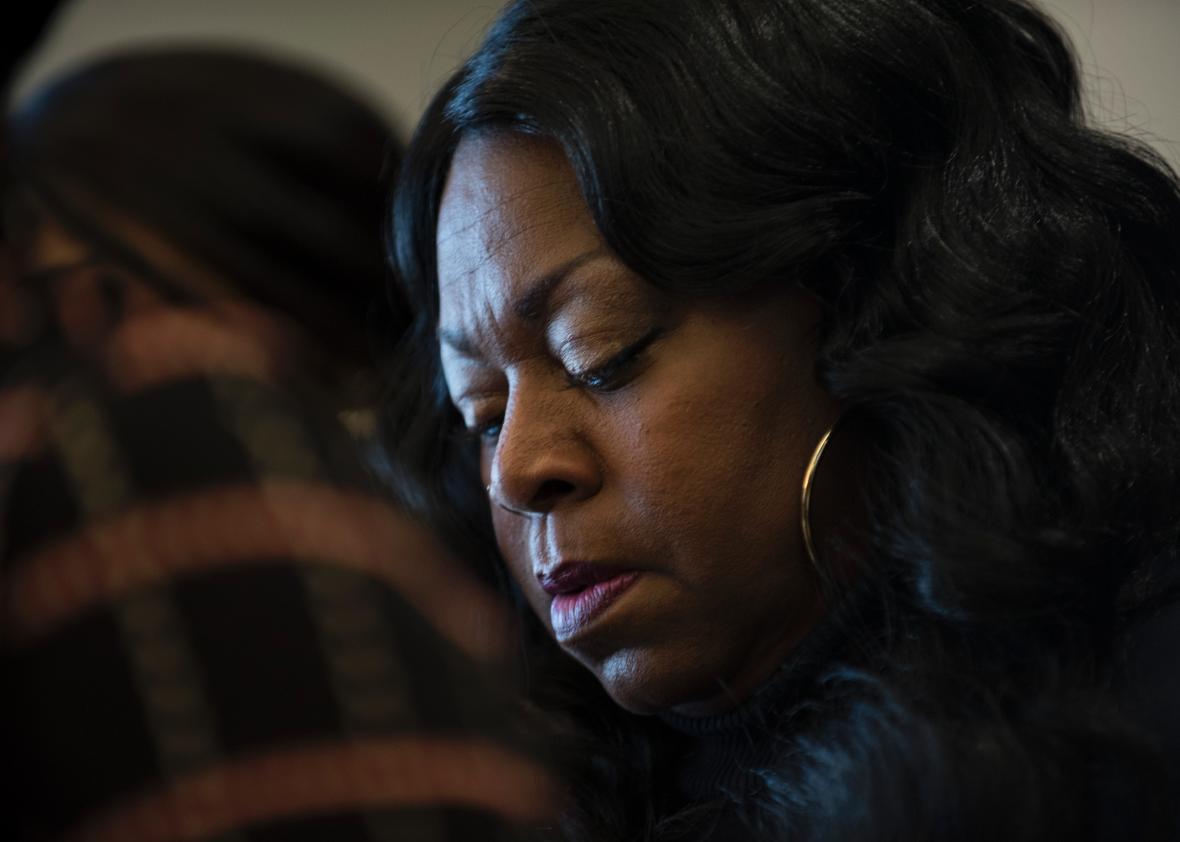Philando Castile’s killer, police officer Jeromino Yanez, was acquitted of manslaughter and two counts of dangerous discharge of a firearm on Friday. The case of Castile’s shooting last July in a suburb of St. Paul, Minnesota had sparked mass protests after his girlfriend Diamond Reynolds posted a dramatic and wrenching video of the shooting’s aftermath. The video, taken with Reynolds’ 4-year-old daughter in the car, included footage of Castile lying in a puddle of blood after he was struck five times from seven shots.
Castile had informed the officer that he was carrying a firearm, for which he had a permit. Shortly thereafter, Yanez opened fire. In his opening statement, Yanez’s defense attorney claimed that Castile was holding his gun when he was shot.
“He has his hand on the gun,” Engh reportedly said during opening arguments. “The next command is, ‘Don’t pull it out.’ … [Yanez] can’t retreat … But for Mr. Castile’s continuous grip on the handgun, we would not be here.”
The prosecution argued that the 32-year-old school cafeteria supervisor with no violent criminal record was reaching for his driver’s license—as Yanez had instructed—and not his gun when he was shot. The forensic evidence and Reynold’s testimony would both seem to back up the prosecution’s account and rebut the defense’s version. Reynolds testified that he was trying to unbuckle his seatbelt so that he could get out his wallet and driver’s license when he was shot. As the Associated Press reported, this was supported by forensics:
Prosecutor Jeff Paulsen highlighted autopsy evidence in his closing argument, reminding the jury of a bullet wound to what would have been Castile’s trigger finger — and that there was no corresponding bullet damage nor wounds in the area of Castile’s right shorts pocket, where he carried his gun. He also cited testimony from first responders who saw Castile’s gun in his pocket as he was loaded onto a backboard.
The jury—which included ten white jurors and two black jurors—took 27 hours to deliberate and asked to review dashcam footage of the incident along with Reynolds’ harrowing cell phone video.
The Minneapolis StarTribune reported that the jury wasn’t allowed to have additional information it requested, without the judge specifying why:
Jurors asked the court Friday to reread the officer’s testimony in its entirety, their second request … for statements he made regarding the fatal shooting of Philando Castile.
But Ramsey County District Court Judge William H. Leary III denied the request without elaborating, saying the reasons aren’t “important to share right now.”
As my colleague Leon Neyfakh noted in November when the officer was charged: “Yanez is the first Minnesota officer to be criminally charged in a police-involved death since 2000. In that time, the paper has reported, there have been more than 150 such incidents.”
The city of St. Anthony—for which Yanez worked as an officer—said it would end his employment because “the public will be best served if Officer Yanez is no longer a police officer in our city.” The city promised to offer him “a voluntary separation agreement to help him transition to another career.”
“There has always been a systemic problem in the state of Minnesota, and me thinking, common sense that we would get justice. But nevertheless the system continues to fail black people,” Castile’s mother, Valerie Castile, reportedly told media after the verdict. “I am so disappointed in the state of Minnesota. My son loved Minnesota. He had one tattoo on his body and it was of the Twin Cities. My son loved this city, and the city killed my son and the murderer gets away.”
*Correction, June 16, 2017, at 10:10 p.m: This post originally referred to the Minneapolis Star Tribune as the St. Paul Tribune. It also said Castile was shot in St. Paul rather than a suburb.
